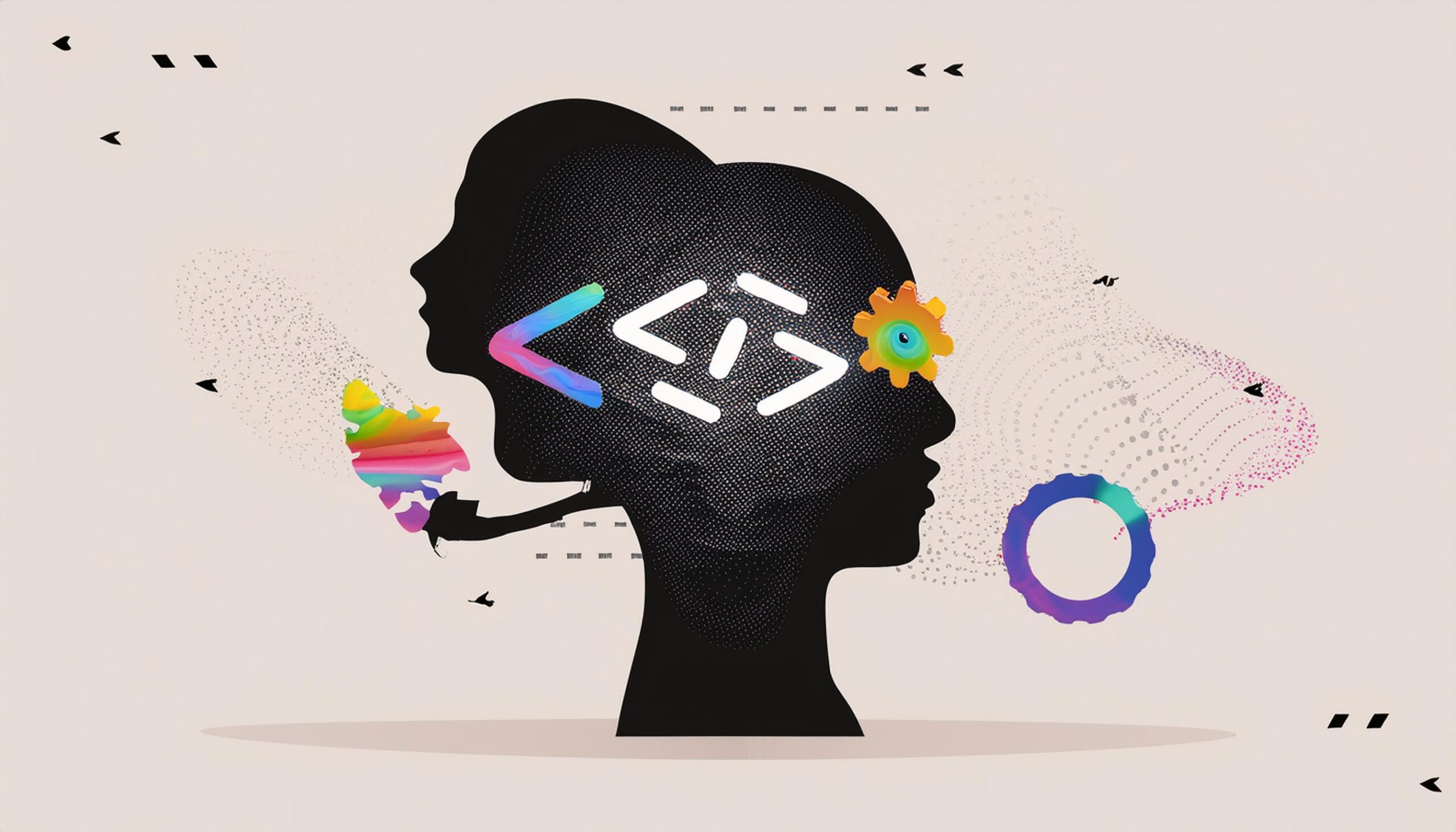Introduction
At Indexnine, we have a simple formula when it comes to building products, collaborate, create solutions, build it fast and build it for scale.
Indexnine was building software products for over 4 years before I joined, where the design function was also led by our CTO and part-time designer. It was always clear that development work will always be preceded by a strong design direction. The need to build a design team originated from two strong parameters; the visible business opportunities in UX design and the need to formalize the importance that Design played in our software development process.
Over time, as the design team has been working with various project teams at Indexnine, we have learnt some important lessons. These learnings have helped us lay the foundations of what helps the designers here excel within their project teams as well as deliver effective solutions as you work with us for your next big idea!
Apart from following standard usability heuristics, the five points below have become the Pillars of the Design Ideology at Indexnine and you will naturally experience them as a part of all our conversations here within the company.

Focus on the User
If you remove the “User” out of User Experience Design, what you’re left with is a concept. And you will then soon learn how expensive a concept can be. Yes, clients still do feel that conducting research is a waste of time or that it’s expensive. But do you wish to find out the cost of uninformed design? We propagate the need for User Research and Usability Testing in all our projects. Clients do see the value in these processes but a lot of the startups and SMEs that we work with find it difficult to allocate the budget for them.
In such scenarios, we propose the use of Design Sprints for key user journeys to gather the learnings at an accelerated pace. Running a two-week design sprint helps us define a problem, design a prototype, test it with users and present an outcome at the end that helps have a more informed and evolved design iteration. We have used this format in our projects to quickly identify the overall approach and get validation with a quick but effective sprint model.

Collaborate effectively
Collaboration is paramount for any successful design; whether with our clients or our project teams. We explore our team’s and client’s capabilities to improve our design solutions. The success of any design is defined by its ability to solve the user’s problem, its feasibility and its efficiency for all the stakeholders in the ecosystem.
The key point to keep in mind regarding collaboration is to align on the collective purpose, and let the individual capabilities flourish. If you don’t collaborate effectively you will soon realize that you will not be able to leverage the team’s capabilities and be left with a product that is the best in your opinion or maybe not even be feasible to build.
At Indexnine, our engagements have been successful because our team has been a virtual extension of the client’s vision and leadership. To make the most of our UX capabilities, work with us as a partner for the best results.

Make it Scalable
When we engage with our clients, our line of questioning typically looks much further down the road; at the bigger picture. By understanding the probable scale of the ecosystem and the problem, we aim to build a scalable product solution. Implementing this approach, when you’re starting off solving a small part of the larger problem, helps in ensuring the product has the capability to evolve without breaking key functionalities.
Building a scalable Information Architecture helps align with your product’s feature pipeline down the road and it’s overall vision. It also helps plan for a better interface without having to go through larger visual iterations while the product is already live.

Practical Design
There are two main aspects to a successful design execution; the feature-set and the deadline. The elaborations of these aspects help us understand what kind of an approach to take towards design, and ultimately development.
How many unique journeys are there?
How many original components are being created?
What is the level of customization required?
The practicality of Design specifically focuses on its feasibility, development readiness, scalability and the overall Go To Market strategy. Based on the overall project plan, and the identified UI framework we then decide to take a custom build or use a framework template that we can customize as per the design. Over the past few years and projects, our collaboration with the development and QA teams have led us to optimize our handoff process to achieve a great balance between innovation and feasibility.

Push Boundaries of what’s possible
Design as tool is not meant to simply articulate what we’re out to build, nor is it something that helps us visualize what we’re building for today. We use it as a means of re-imagining the problem that we’re solving for. While working on any project, we also look to products in other domains and draw parallels to see how we could learn from their approach and apply that in our project.
When it comes to visual design, we put a lot of emphasis to re-imagine the User Interface, especially if there aren’t any guidelines in place. Focusing only on usability is not enough. We strive hard to create visuals that impress; visuals that create a strong user recall and contribute to the brand ethos.
Finally, before you engage for software development, you need to be prepared with answers to some basic questions;
1. Who are your users?
It’s tempting to say, “We see our product being used by everyone in this space.” But in fact, for success, it’s easier to focus on filtered target group who can fully benefit from what you have to offer.
2. Why does your product exist?
It’s critical that you start by solving a specific problem; the problem for which your product exists. You can test out your idea by running business surveys focused on your specific target group.
3. What is your long term probable feature pipeline?
As your product grows, test the response, track analytics and scale. Again, it’s tempting to solve for the multiple opportunity areas around the same problem right at the onset and first go live. Doing so reduces focuses and increases the cognitive load on the user who is going to be exposed to a new product.
4. When do you want to go live?
This question works in tandem with the others above. The answer to this question needs to be realistic so as to set expectations for yourself and from the Software Development Consultancy that you plan to engage with.
5. What are your success metrics?
Lastly but definitely not the least, defining the success metrics is extremely important for you to help define the product vision. It helps both the teams define what’s important and what needs to be tracked to contribute to the success of the product. Multiple teams contribute to the success metrics and the definition approach varies if your product is consumer facing or an enterprise.
Lastly and most importantly, the team here loves a good challenge! At Indexnine, we have all been working with a lot of open challenges and THAT is what pushes us to achieve exciting outcomes. That coupled with a general love for what we do and a heightened sense of curiosity, we look to welcome your next big challenge!






